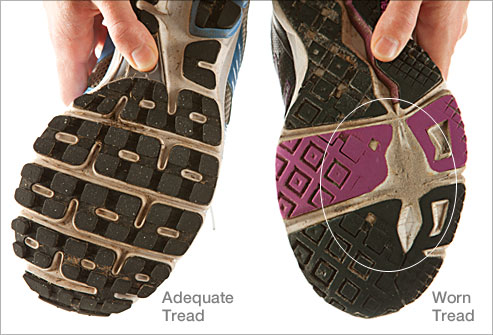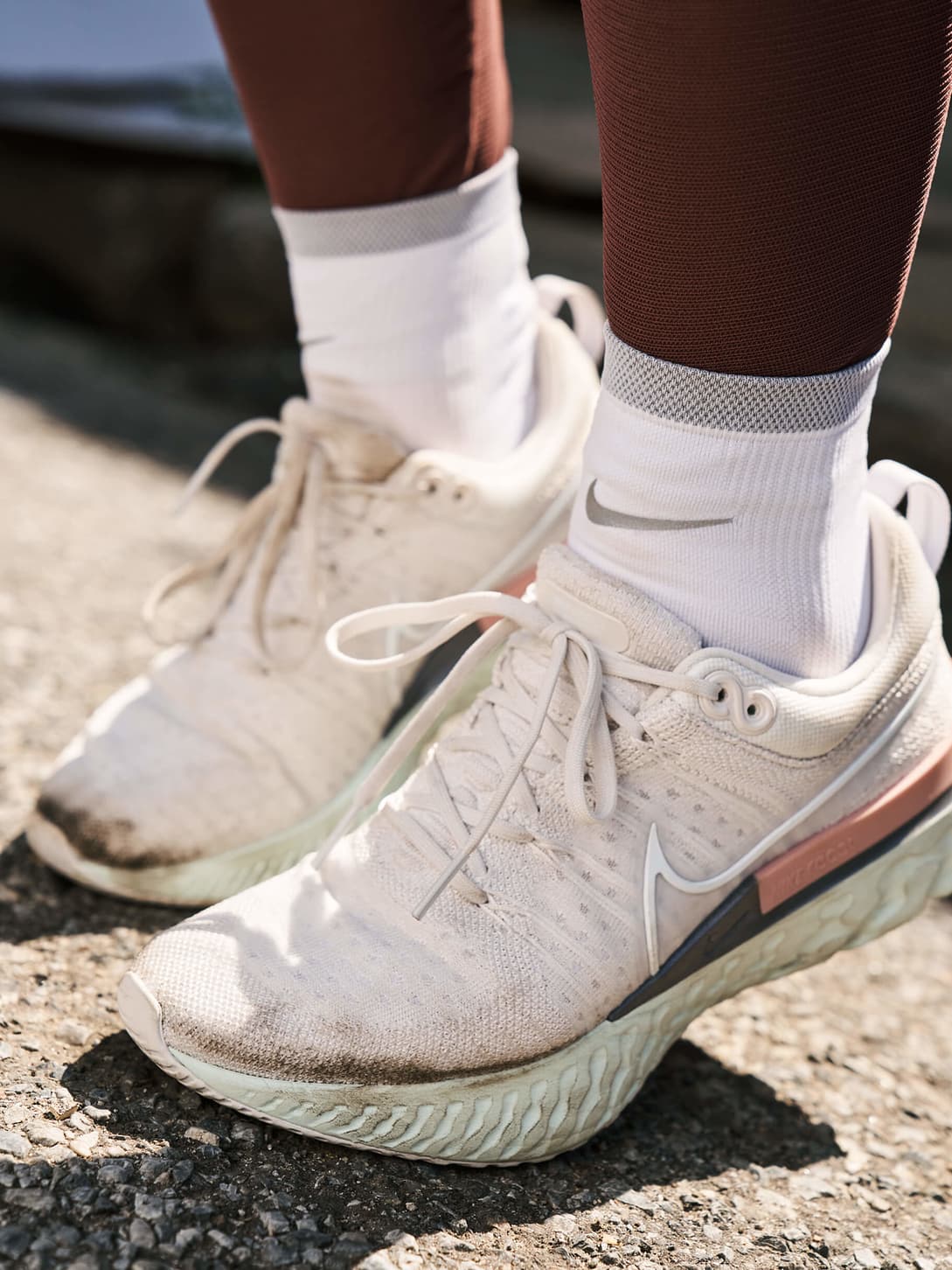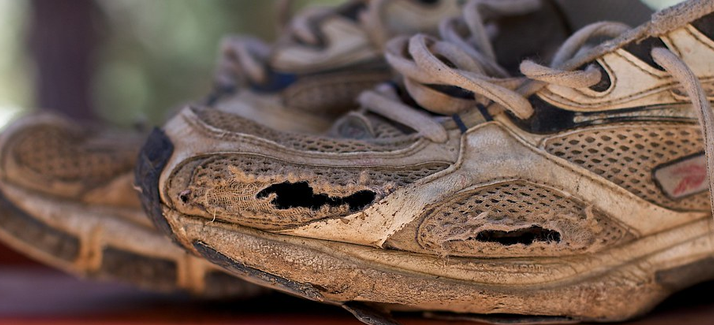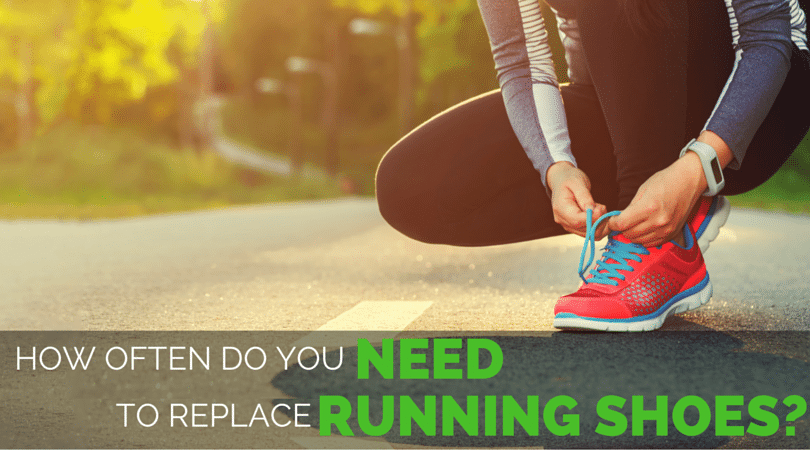As a running enthusiast, understanding when to replace your running shoes is crucial for maintaining your performance and preventing injuries. With so many brands and models available in the U.S. market, making an informed decision can be overwhelming. In this comprehensive guide, we will explore the factors influencing how often you should get new running shoes, provide real-world experiences, and analyze various shoe brands to help you find the perfect pair. Plus, we’ll offer valuable tips and insights from footwear professionals to enhance your running experience.
Understanding the Lifespan of Running Shoes
Running shoes are designed to absorb impact and provide support, but like all products, they have a limited lifespan. The general rule of thumb is that running shoes should be replaced every 300 to 500 miles, but this can vary based on several factors.
Factors That Affect Shoe Longevity
Several factors determine how often you need to upgrade your running shoes:
- Running Style: Your running technique can greatly impact shoe wear. Heel-strikers may wear out their shoes faster in the heel, while midfoot strikers may distribute wear more evenly.
- Body Weight: Heavier runners tend to wear out shoes faster, requiring more frequent replacements.
- Terrain: Running on rough terrains can expedite wear and tear compared to running on smooth roads.
- Frequency of Use: If you run daily, you will need to replace your shoes more often than someone who runs a few times a week.
Recognizing Signs That You Need New Shoes
Even if you haven’t hit the mileage mark, it’s essential to pay attention to how your shoes feel. Here are some signs that it’s time to consider a new pair:
Uneven Wear Patterns
If you notice uneven patterns on the outsole, it could indicate that your shoes are not providing the necessary support. This may lead to injuries if not addressed promptly.
Loss of Cushioning
When the cushioning begins to break down, you may experience discomfort or soreness during or after your runs. A simple test is to press down on the midsole; if it feels excessively soft or hard, it’s time for replacement.

Visible Damage
Cracks, tears, or any visible damage can compromise a shoe’s functionality. Even if the shoe feels fine, these signs indicate it may no longer provide adequate support.
How to Track Your Running Shoe Mileage
Keeping track of how many miles you accumulate on your shoes can help ensure you replace them at the right time. Here are a few methods to track your mileage effectively:

Running Apps
Until recently, many runners relied on physical logs, but with the advent of technology, apps such as Strava or Nike Run Club allow you to log runs and track shoe mileage effortlessly.
Simple Spreadsheet
If you prefer a low-tech approach, a simple spreadsheet can help you keep a record of your runs alongside the shoes used.

Dedicated Shoe Trackers
Some runners invest in dedicated trackers, which can be synced with your running watch or app, to monitor wear and mileage.
Comparison of Popular Running Shoe Brands
Here’s a comparison of some of the best-performing running shoe brands available in the U.S., based on industry reviews and customer feedback:

| Brand | Model | Mileage Rating (Miles) | Cushioning | Price Range |
|---|---|---|---|---|
| Asics | Gel-Kayano 28 | 300-500 | Medium-High | $160 – $180 |
| Nike | Air Zoom Pegasus 38 | 300-500 | Medium | $130 – $150 |
| Brooks | Ghost 14 | 300-400 | High | $140 – $160 |
| New Balance | Fresh Foam 1080v11 | 300-500 | High | $150 – $160 |
| Hoka One One | Clifton 8 | 300-500 | High | $140 – $160 |
Case Studies from Real Users
Case Study 1: Emily’s Experience with Asics Gel-Kayano
Emily, a marathon runner from California, swears by her Asics Gel-Kayano. “I find that I replace them every 400 miles, but I can tell the moment they start to lose their cushion. I experienced shin splints when I didn’t listen to my body,” she shares.

Case Study 2: John’s Transition to Hoka One One
After struggling with knee pain, John decided to switch to Hoka One One shoes. “The cushioning is phenomenal, and I can run longer without discomfort. I usually change them every 350 miles,” he explains.
Tips for Choosing the Right Running Shoes
Finding the right running shoes can be a daunting task. Here are some tips to simplify the process:

Get Professionally Fitted
Visit a specialty running store where professionals can assess your gait and recommend the best shoe types for your needs.
Try Before You Buy
Always try on shoes with the same type of socks you would wear while running. Additionally, ensure there’s sufficient space at the front of the shoe.

Read Reviews
Take advantage of online reviews. Websites like Runner’s World and Competitor offer detailed reviews on the latest running shoes.
Pros and Cons of Different Shoe Types
Neutral Shoes
Neutral shoes are designed for runners with a natural gait, offering a balanced level of cushioning. Here are some pros and cons:
- Pros: Good for various running styles, provides a comfortable fit.
- Cons: May not support those with flat feet or overpronation.

Stability Shoes
Stability shoes offer enhanced support for runners prone to overpronation. Here are some benefits and drawbacks:
- Pros: Excellent support for overpronators, reduces risk of injury.
- Cons: May feel heavy and rigid for some runners.
Cushioned Shoes
Cushioned shoes provide maximum shock absorption, making them great for those who want a plush ride:
- Pros: Comfortable cushioning, good for long-distance running.
- Cons: Can lead to instability for some runners.
FAQs about Running Shoes
1. How many miles do running shoes typically last?
Running shoes usually last between 300 to 500 miles, depending on multiple factors such as the type of shoe, your running style, and your weight.
2. Can I wash my running shoes?
It’s best to avoid washing running shoes in the washing machine as it can damage the materials. Instead, clean them with mild soap and water and let them air dry.
3. How do I know if my shoes are worn out?
Signs include uneven wear on the soles, loss of cushioning, visible damage, and discomfort during runs.
4. Should I rotate between different running shoes?
Yes, rotating between a couple of pairs can extend their lifespan and provide varied support for your feet.
5. What are the best brands for durability?
Brands like Brooks, Hoka One One, and Asics are known for producing durable running shoes that have received high ratings from users.
6. Can running shoes be used for other sports?
While running shoes can be used for gym workouts or walking, they might not provide the necessary support for sports like basketball or tennis.
7. What should I look for in a running shoe?
Consider factors such as cushioning, stability, fit, and your specific gait to find the perfect shoe for your running style.
8. How often should I replace my running shoes if I run regularly?
If you run regularly, it’s best to replace your running shoes every 300-500 miles or every 6 months to a year, depending on usage.
9. Are expensive running shoes worth it?
Higher-priced shoes often come with advanced technology and materials that can enhance performance, comfort, and durability.
10. What is the best way to break in new running shoes?
Gradually increase wearing time during shorter runs to allow your feet to adjust to the new shoes.
11. Can I use running shoes for walking?
Yes, running shoes are generally suitable for walking, providing good cushioning and support for a comfortable experience.
Conclusion
Replacing your running shoes is essential for maintaining your health and enhancing your running performance. By understanding the factors that influence the lifespan of shoes, recognizing the signs of wear, and keeping track of your mileage, you can ensure that your footwear remains in peak condition. Remember to choose shoes that cater to your specific running style and needs, and don’t hesitate to switch pairs if necessary!
Further Reading
For more insights on running shoe technology and recommendations, check out Runner’s World.